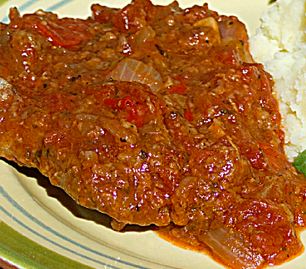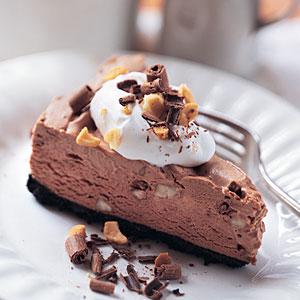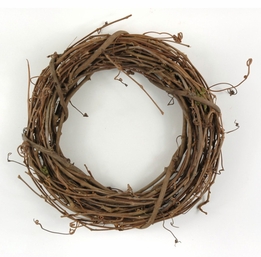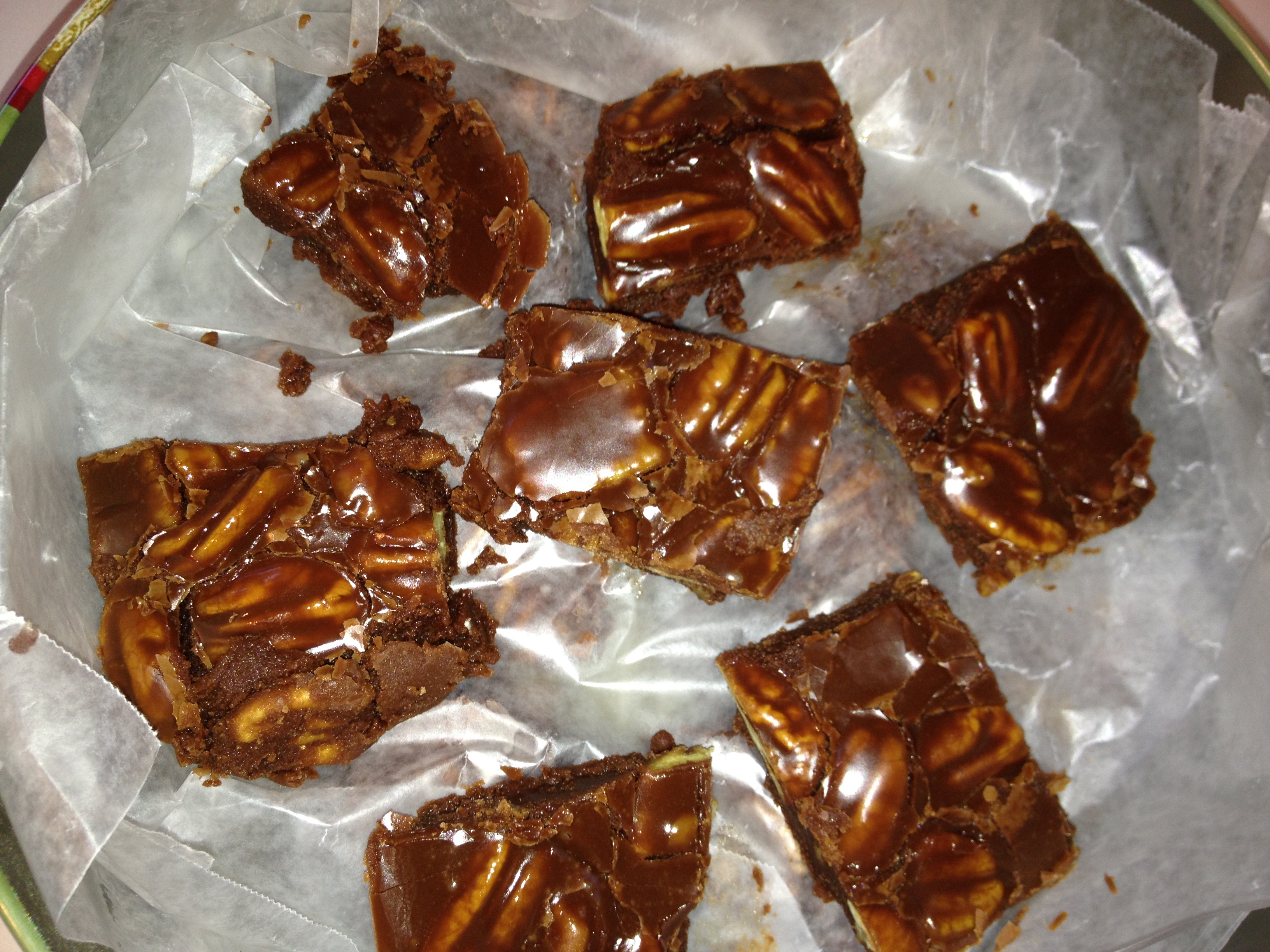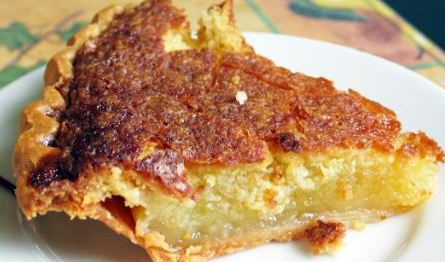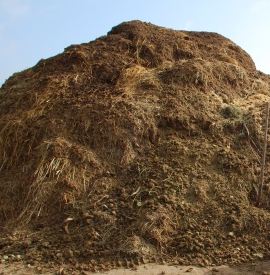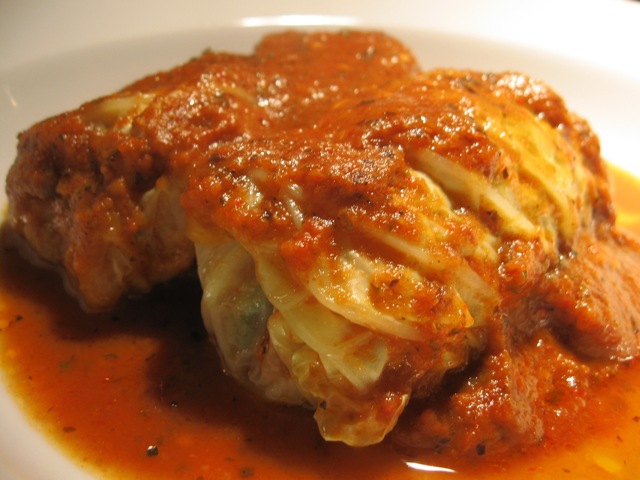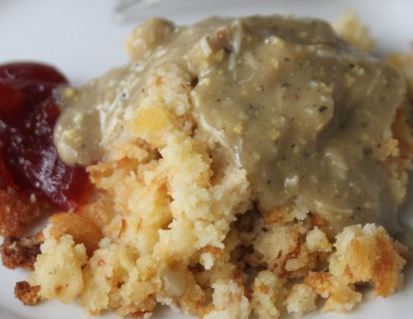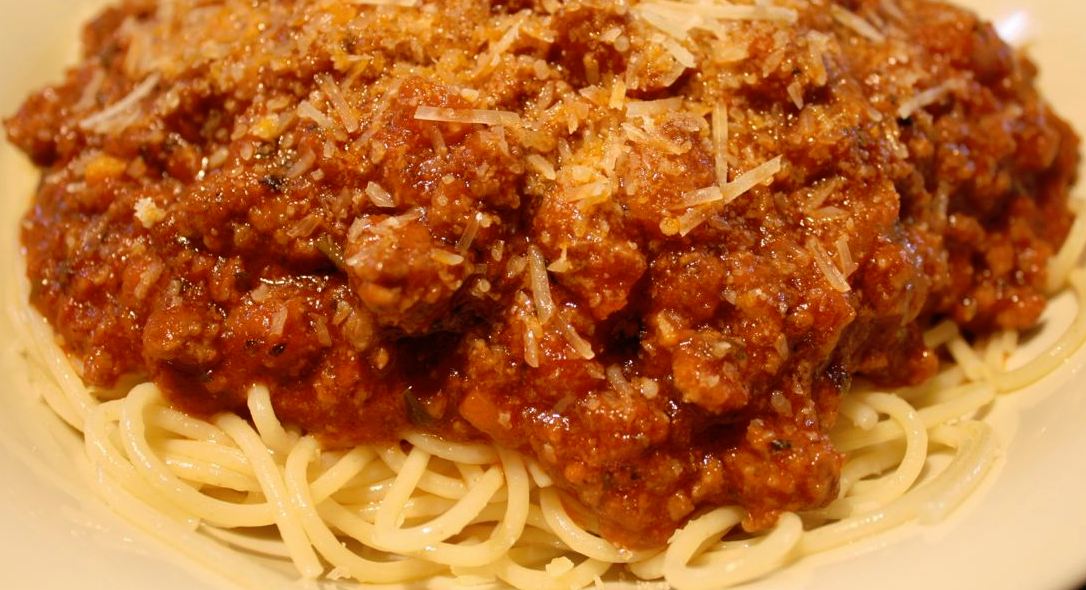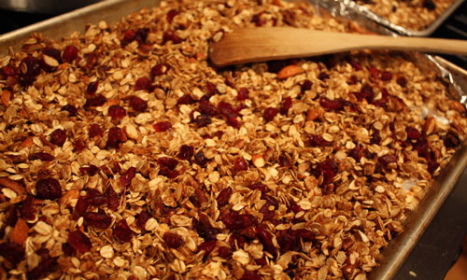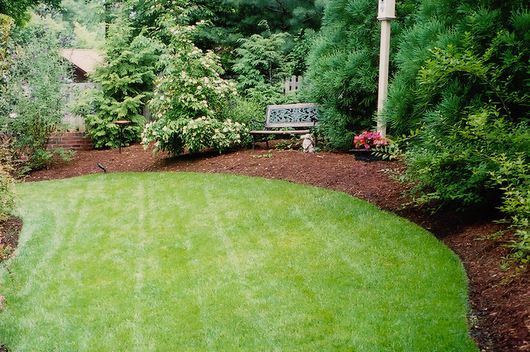Swiss Steak is Scrumptious and Fork-Tender
Scrumptious Swiss Steak is fork-tender and a mouthful of flavor. Serve it with a couple of good vegetables on the side and some fresh hot yeast rolls. Oh, man… Continue reading “Swiss Steak is Scrumptious and Fork-Tender”
Kuttawa Flood 1939
Most people have heard of the 1937 flood, but the Kuttawa flood 1939 was almost as devastating. Here are photos taken during that time, most of them around February 14th, 1939. The water would rise another five feet after these photos were taken. Continue reading “Kuttawa Flood 1939”
A Truly Decadent Chocolate Macadamia Nut Pie
When I worked at the Atlanta Marriott Marquis in Atlanta, one of the signature desserts–wildly popular with guests–was their chocolate macadamia nut pie. It is truly one of those “died and gone to Heaven” types of desserts. And though it may not be easy as pie to make, it’s well worth it. Continue reading “A Truly Decadent Chocolate Macadamia Nut Pie”
Make a Homemade Grapevine Wreath
Everyone should know how to make a homemade grapevine wreath for the holidays. It’s super duper easy. No one even taught me, that’s how easy it is. It just takes a few minutes and a little imagination. Don’t pay high prices when you can practically make one for free. Continue reading “Make a Homemade Grapevine Wreath”
Wade’s Kentucky Bourbon Fudge
Wade’s Kentucky Bourbon Fudge is modified from a recipe that I got from someone a long time ago. You know the kind, scrawled on a 3 x 5 card and stuck in between the pages of my Better Homes and Gardens “New Cook Book.” Only it didn’t have pecans, and fudge just ain’t fudge–in my book–unless it’s loaded with pecans. (Unless you can get hickory nuts, and man, that’s a whole ‘nuther story right there.) Continue reading “Wade’s Kentucky Bourbon Fudge”
Buttermilk Chess Pie
I ran across my recipe for buttermilk chess pie, and looking at the yellowed paper and faded blue ink, my mind traveled back to when I got it. Nearly 40 years ago when I worked for a factory some of the women would take pity on a hungry kid working his way through college. More than once there would be a pie or sandwich with my name on it waiting in the break room. This chess pie was my favorite, and the little old lady who made it gave me the recipe so I would always have it. Continue reading “Buttermilk Chess Pie”
What a Load of Crap, er Manure
What non-gardeners might call a load of crap, we growers refer to as manure, and it’s the life-blood of a healthy garden.
Nutrients in different types of manures can vary wildly, depending of course on the animal itself and its diet, whether it is a caged animal or roams freely, and even the age of the animal and its overall health. The manure itself, if left for too long, will lose a large portion of its nutrients to insects or rainwater. On the other hand, aged manure stinks less and is less likely to “burn” your plants. So, six of one and a half-dozen of the other. To be perfectly safe and avoid the smell, I usually just mix it in with my compost and call it a day.
Here is what you need to know about the various types of manures:
Cattle: Cow manure actually has the lowest concentrations of nutrients, primarily because the cow’s diet consists mostly of grass. But low concentrations actually make it one of the safest manures to use in abundance. Another thing to consider is availability (a lot of it around here) and the ease with which you can simply gather up hardened piles of it. (Am I grossing you out?) But seriously, a quick trip around the pasture with a pickup and a hay-fork and you can gather quite a pile of cow manure.
Horse: Horse manure is a bit more powerful than cow manure, but boy does it contain the weed seeds. Prepare to weed yourself silly if you use it. I have a friend who gives me all the horse manure I want, but it’s a mixed blessing. He piles it up and all I have to do is shovel it into my truck, but months later, when I’m pulling weeds out of everything, I sometimes wish I had gone another route. Be warned.
Poultry: Very high in nitrogen, with a significant amount of potash and some phosphorus. Consider the source on this one, as caged birds are often given antibiotics. Free-range birds are the optimum, but keep in mind that very fresh chicken manure will burn your plants. Let this manure age a few weeks, or mix it in well with your compost before applying.
Sheep: I have not used sheep manure, but I know it is very similar to chicken manure. Same rules apply pertaining to caged or free-range.
Rabbit: Rabbit manure is actually a very prized manure and hard to come by. We just don’t have a lot of rabbit farmers in our area, and they tend to keep their manure. So there.
Bat guano: I would love to get my hands on some of this, but you have to buy it and it’s pricey. I’ve read such terrific things about it. Some say it’s like supercharged chicken manure. (OK, it sounds weird to get excited over manure. Guilty as charged.)
Got any tips you want to share about manure? I’m serious. Do you?
© Wade Kingston
Stuffed Cabbage Rolls
Stuffed cabbage rolls–ah, just the smell of them reminds me of church socials, college cafeterias, and diners with blue-plate specials from Kentucky to Virginia.
I’ve had several versions of this comfort food. They aren’t hard to make and they are oh so delicious. Give them a try.
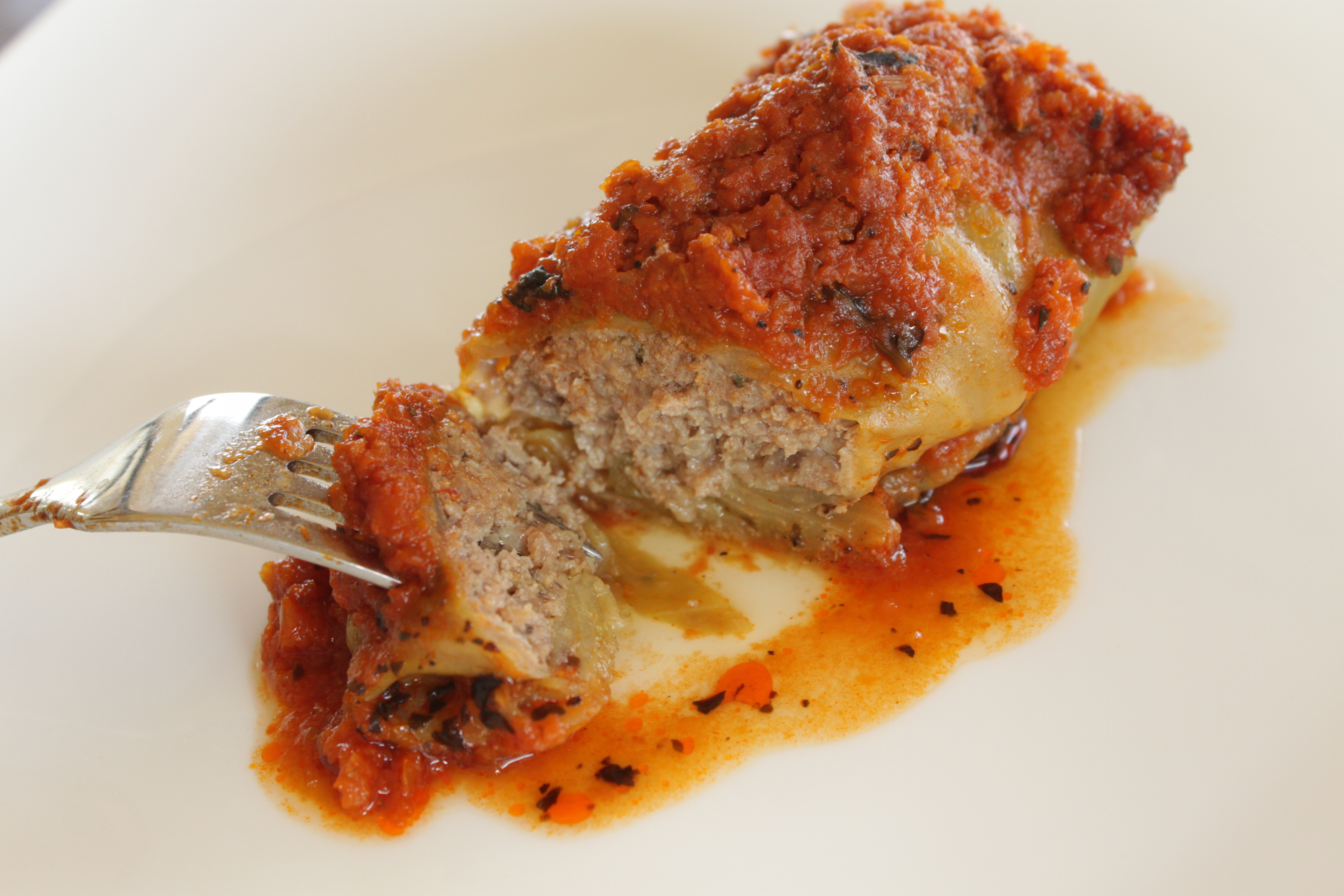
Two Towns Long Gone-Old Eddyville & Old Kuttawa
Two towns long gone – Old Eddyville and Old Kuttawa. They live on in these old black and white photos. These photos cause my parents to start their “I remember when” stories. TVA and the Corps of Engineers created Kentucky Lake and Lake Barkley by damming the Tennessee and Cumberland Rivers. But they did more than create–they also destroyed.
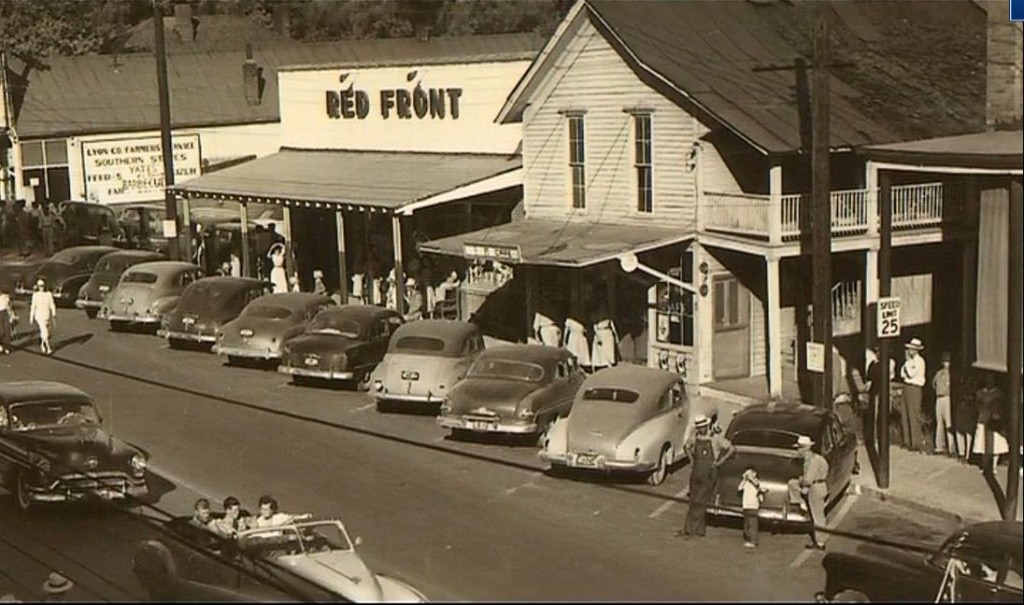
Continue reading “Two Towns Long Gone-Old Eddyville & Old Kuttawa”
Summer Afternoons at the Swimming Hole
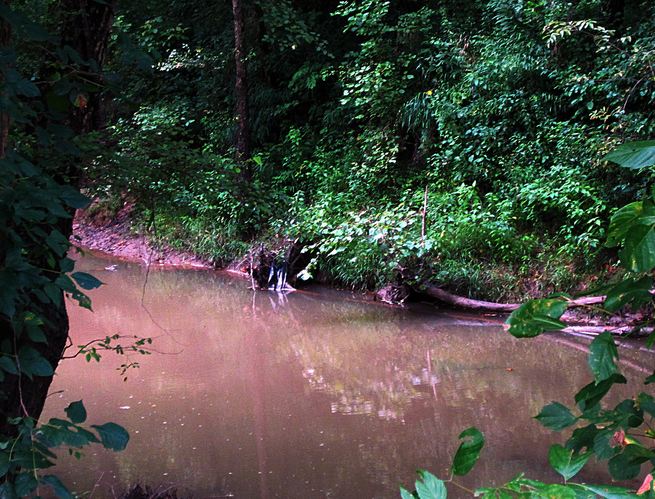
Summer afternoons at the swimming hole are a place in my mind I can wander to, especially when it’s cold and windy outside. Continue reading “Summer Afternoons at the Swimming Hole”
Southern Style Cornbread Dressing & Giblet Gravy
Yes, this picture of Mom’s old-fashioned southern style cornbread dressing and giblet gravy says it all. It just wouldn’t be Thanksgiving without it. This is how both my grandmas made their dressing–and how my mother makes it to this day. Continue reading “Southern Style Cornbread Dressing & Giblet Gravy”
When a Dog Attacks
When a dog attacks a child, it can leave more than just physical scars.
“We have a new batch of puppies,” said my cousin. “You should come see them.”
As he got off the bus I told him I would try to come by over the weekend to see the puppies. The next day was Saturday, one of those overcast gray days. And since I didn’t have anything better to do I was eager to walk the half mile to my cousin’s to see the little brood of bird dog pups. Continue reading “When a Dog Attacks”
Wade’s Spaghetti with Meat Sauce and Garlic Bread
“Wade’s Spaghetti with meat sauce and garlic bread” post is in response to the many requests I get for my recipe. Since I’m a lazy person at heart, now I can just refer them to this post and be done with it.
I am not Italian–far from it. My family is composed of various English, Irish, Scottish, and German ancestors. And I’ve heard tell of a Cherokee Native American in the woodpile, but then every other person in western Kentucky makes the same claim. I personally don’t believe there were that many Cherokees left around here. But I could be wrong.
Continue reading “Wade’s Spaghetti with Meat Sauce and Garlic Bread”
Where Were You 50 Years Ago, the Week of 11-22-1963?
To those of us old enough to remember the week of 11/22/1963, the videos and commemorative specials about the 50th anniversary of the assassination of President Kennedy have freshened old memories and feelings.

Of course I remember exactly where I was, as does anyone who was alive at that time. On Friday, 11/22/1963, I was in the fourth grade, and we had just returned from lunch. We were sitting at our desks when the principal’s voice came over the intercom system. He said, “Teachers and students, let me interrupt your classes for a special announcement. We have just learned that President Kennedy has been assassinated in Dallas.” Continue reading “Where Were You 50 Years Ago, the Week of 11-22-1963?”
A Letter from Me to My Sixteen Year-Old Self
Hello, Wade. I am you.
I am sending you this letter from far in the future; never mind how I did it. You probably found the envelope on your dresser with your name written in longhand on it. You may not recognize your handwriting because it has changed a bit over the years. So, to prove that it is really you I will tell you a couple of things that only you know. Continue reading “A Letter from Me to My Sixteen Year-Old Self”
Homemade Granola is Easy and Delicious
Homemade granola tastes good and it’s good for you. Chock-full of nutritious goodies, probably the best thing about making granola at home is that you can pretty much tailor it to suit yourself. Granola with skim or almond milk makes a terrific and healthy breakfast. Or you can just eat a handful for a guilt-free snack.
(Note that the nutrition information provided at the bottom is based on my recipe. If you alter the recipe your information will change).
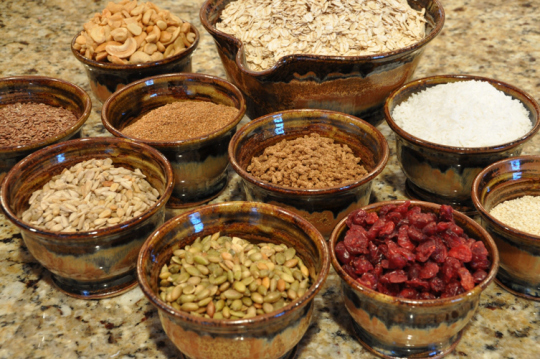
Mad about Mulch – Ten Ways to Mulch
It’s never too early to start thinking mulch. In fact, fall and winter are good times to begin saving those newspapers, shredding those leaves and grass clippings, continuing your composting, or setting aside a bale or two of straw. One less thing to do next spring, and your garden will thank you for it. The type of mulch you choose will depend on the plants, location, and your preference for how a particular mulch looks and behaves.
Here are ten types of mulch and their advantages and disadvantages:
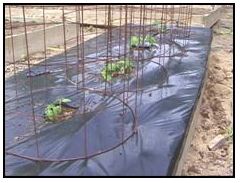
BLACK PLASTIC
Advantages: Very good for controlling weeds, plus it heats up the soil quickly in spring. It is good about retaining moisture and it’s relatively cheap.
Disadvantages: It doesn’t have a long life. You’ll be lucky to get more than one growing season out of it. It tends to repel water, which plants need. It can kill beneficial worms and insects. It’s ugly, and it does nothing to replenish the soil. On top of that, it’s environmentally unfriendly (made from petroleum).

COMPOST
Advantages: Helps with weeds and holds some moisture. Provides a home for healthy organisms, which in turn help prevent diseases. A good source of plant food for the entire growing season.
Disadvantages: It feeds the weeds also! It not only won’t kill weeds, but they thrive in it. Compost is also expensive if you don’t “grow your own.”
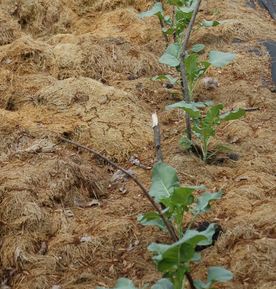
GRASS CLIPPINGS
Advantages: Some weed control. Like plastic, it will also warm the soil and help retain moisture. Also, if you till it into your soil it will actually help feed your plantings.
Disadvantages: It can get very hot! Grass, as it decomposes, naturally creates heat and may be more than you need. Don’t put it up against the plant stems. It may also be full of weed seeds, so there’s that. Also, remember than any herbicides you spread on your lawn will be in your grass clippings, so if you’ve poisoned your lawn, don’t poison your garden with clippings.

HAY
Advantages: Cheap and good about keeping down weeds. It also helps retain moisture.
Disadvantages: May contain weed seeds and will not add nutrients to the soil. Also, do not add thick layers of hay around peppers or tomatoes until after the soil has warmed up. Hay can actually keep the soil too cool if piled thickly around plants in early spring.
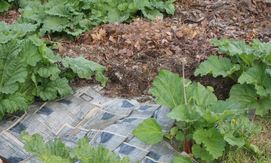
NEWSPAPER
Advantages: Whether whole or shredded, newspaper is excellent at controlling weeds. It’s generally free and available, and it helps moderate soil temperatures (treat it like hay and don’t apply too early). If you use more than one layer it will last all season, and you can dress it up with a top layer of bark or chips. (or if you don’t care about the appearance, just wet it down good so it doesn’t blow away).
Disadvantages: It won’t feed your plants. In fact, it may even leach nitrogen from the soil if you uses shredded newspaper and till it into the soil.
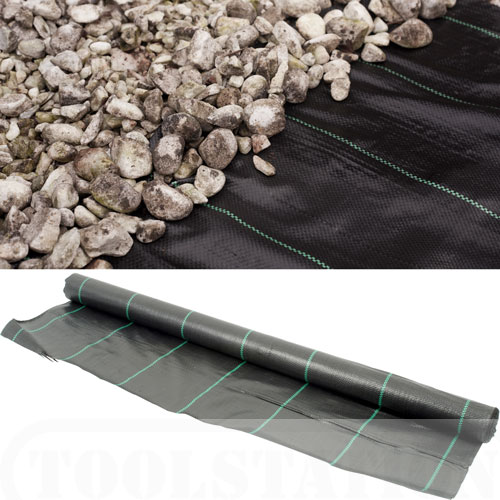
POROUS LANDSCAPE FABRIC
Advantages: It’s cheap and is very good at weed control. It will hold in water but let the air circulate as it warms the soil. You can dress it up with top mulch or just weigh it down with stones or bricks.
Disadvantages: Like black plastic, it is not earth-friendly. It’s made from petroleum and it may end up in the landfill. Provides absolutely no nutrients to the soil.
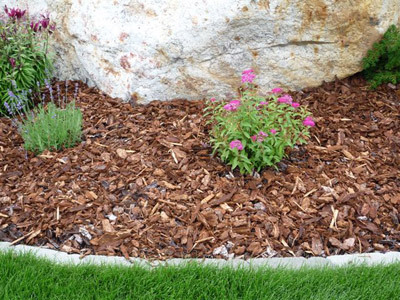
SHREDDED BARK
Advantages: It looks great, plus it lasts a long time. Holds moisture, moderates soil temperature (don’t apply too early).
Disadvantages: It can be expensive, and sometimes it has chemicals in it (you can smell them). It also won’t do much to fertilize your soil.
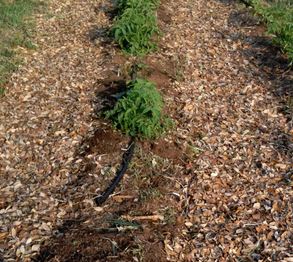
SHREDDED LEAVES
Advantages: Cheap, or even free, plus you are helping the earth by recycling. (burning your leaves just adds more carbon to the atmosphere). Moderates the soil temperature and does a good job at holding moisture. It improves the soil and earthworms love it. (earthworms are good)
Disadvantages: It doesn’t do the best job of controlling weeds.
STRAW
Advantages: Good at controlling weeds and moderating the soil temperature (don’t apply too early). Holds moisture and will improve the soil if you till it in. It looks good and feels good (especially to bare feet).
Disadvantages: Just like hay, it may contain weed seeds. It also won’t fertilize your plants.
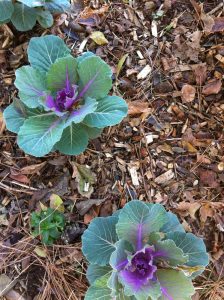
WOOD CHIPS
Advantages: It won’t go anywhere when the thunderstorms begin to blow. It keeps the soil moist and keeps weeds at bay.
Disadvantages: Nutrient poor and slow to decompose. Also, if it has a strong smell it likely contains a lot of acid. Don’t use it if it does, or use sparingly.
There you have it. Most gardens and flower beds benefit from a good mulch. I’ve used all of these, sometimes all at once. Any mulch is better than no mulch.
What successes have you had with mulch, or which ones do you prefer? Let me know.
© Wade Kingston
Morning Walk in a Small Town
The frost has not yet melted from the windshields as I head out the door for my morning walk, but I leave the jacket on its rack anyway. On these strenuous hills I will be sweating soon enough. I live in Lone Oak–which is more or less a suburb of Paducah, Kentucky—and though there are no biking or hiking lanes here, you can still find quiet streets suitable for exercise. I stop at the curb to tighten my shoe laces, then walk on. Continue reading “Morning Walk in a Small Town”
Quality Time with the Folks
Dad had quadruple-bypass surgery about a year ago, and last month Mom had what we suspect was a small stroke. So, I know you will understand when I say it is such a joy to spend quality time with them now, given all that’s happened. I thank God every day for their resilience. Today was one of those quality days. Continue reading “Quality Time with the Folks”

